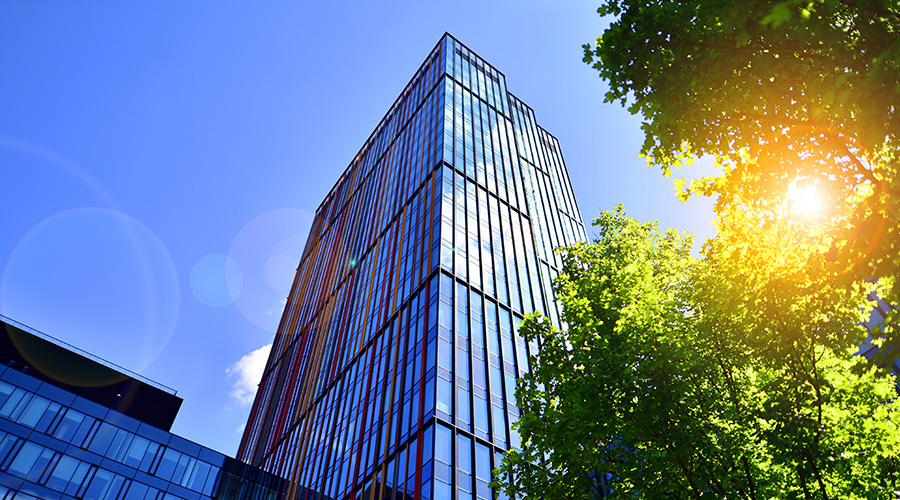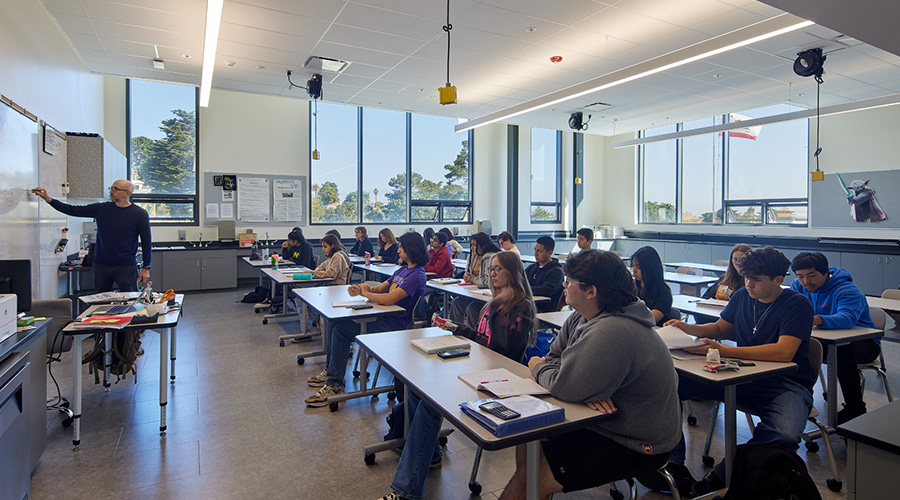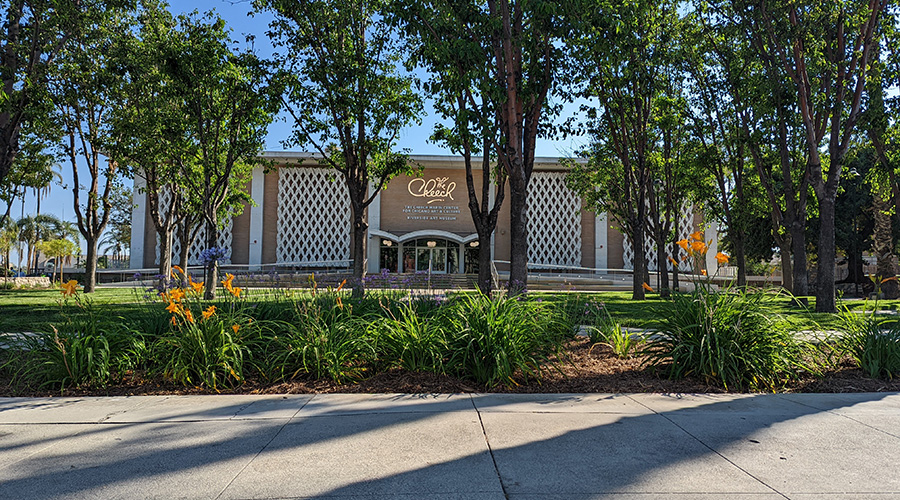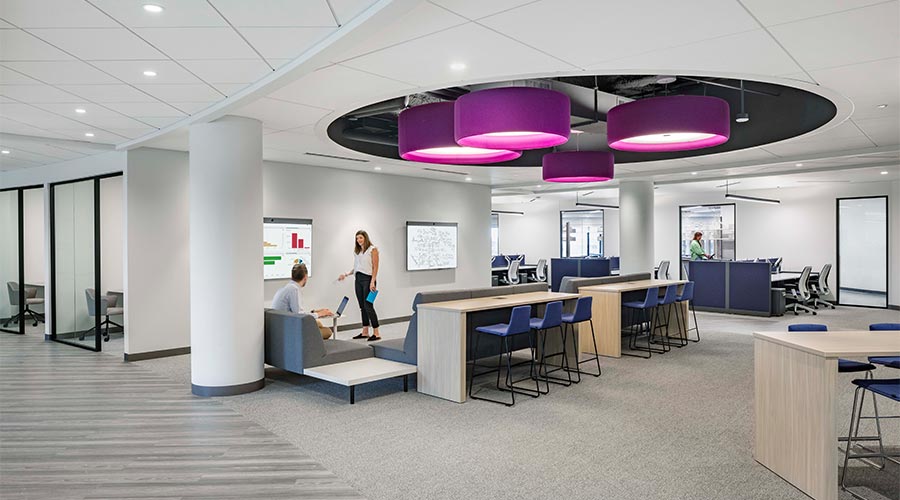Understanding the Benefits of Human-Centric Design
Human-centric design allows facility managers to transform their spaces into healthier, more engaging environments that support productivity, satisfaction, and long-term tenant retention.
By Steve Cornwell, Contributing Writer
As cities grow denser and more complex, the spaces where we work, live, and interact must evolve to prioritize human well-being and inclusivity. Commercial buildings, often the heart of urban activity, play a pivotal role in this transformation. For commercial real estate professionals and facility managers, understanding and implementing human-centric design is not just a trend but a necessity.
Human-centric design focuses on creating environments that cater to people's physical, emotional, and social needs by promoting healthier, more productive, and more enjoyable spaces. In the context of commercial buildings, this means designing workplaces that boost creativity and reduce stress, incorporating features that enhance accessibility and comfort, and fostering a sense of community and belonging.
By adopting human-centric design principles, commercial buildings can become catalysts for positive urban change, enhancing the quality of life for occupants and contributing to our cities’ overall vitality and sustainability.
Principles and benefits of human-centric design
Human-centric design revolves around prioritizing the needs and experiences of individuals within built environments. At its core, this approach seeks to create spaces that enhance well-being, productivity, and satisfaction. By understanding the unique preferences and behaviors of building occupants, designers can craft environments that promote mental and physical health while fostering a sense of community.
Key principles of human-centric design include flexibility in space use to accommodate diverse activities, integration of natural elements like light and greenery to improve mood and reduce stress, and accessibility features that ensure inclusivity for all users. These principles not only enhance the daily experience of occupants but also contribute to organizational goals such as improved employee retention and increased productivity.
The benefits of human-centric design extend beyond individual well-being to encompass broader social and economic advantages. Commercial buildings designed with human-centric principles attract and retain tenants seeking environments that support their health and happiness. Ultimately, prioritizing human-centric design in urban planning and commercial real estate can lead to more vibrant, resilient, and thriving communities.
Strategies for making urban environments more accessible and inclusive
Creating urban environments that are accessible and inclusive involves implementing a range of thoughtful strategies. First and foremost is the adoption of universal design principles to ensure that spaces accommodate people of all abilities, such as designing accessible entrances, pathways, and amenities such as restrooms and elevators.
Integrating green and open spaces is another crucial strategy. Urban environments benefit significantly from parks, green rooftops, and community gardens, which not only enhance aesthetics but also promote physical activity and mental well-being. Incorporating natural elements like daylight, fresh air, and views of nature into building design can further improve occupant comfort and productivity.
Connectivity and mobility are also key considerations. Designing walkable neighborhoods with well-connected pedestrian pathways and bike lanes encourages physical activity and reduces reliance on cars. Providing amenities such as bike storage and electric vehicle charging stations supports sustainable transportation options.
Lastly, leveraging technology can enhance accessibility and inclusivity. Smart city technologies, such as wayfinding apps and adaptive lighting systems, can improve navigation and safety for all residents and visitors. By integrating these strategies, urban planners and developers can create environments that foster equity, health, and quality of life for diverse populations.
Practical steps for commercial real estate professionals and facility managers
Implementing human-centric design principles in commercial buildings requires practical and strategic steps to ensure successful integration and maximum benefit for occupants:
- Assess current spaces: Conduct thorough audits of existing buildings to identify areas for improvement. Engage with occupants to gather feedback on their needs and preferences, which can inform renovation plans.
- Integrate human-centric design: Incorporate design elements that prioritize occupant well-being, such as flexible workspaces, ergonomic furniture, and biophilic design features like indoor plants and natural lighting.
- Enhance accessibility: Implement universal design principles to ensure buildings are accessible to individuals of all abilities. This includes providing accessible entrances, elevators, restrooms, and signage throughout the property.
- Promote active design: Create environments that encourage physical activity and movement. Design staircases as attractive alternatives to elevators and incorporate amenities like onsite fitness centers or walking trails.
- Utilize technology: Integrate smart building technologies to enhance occupant experience and operational efficiency. This may include sensors for lighting and climate control, as well as apps for wayfinding and building management.
- Educate and engage: Host workshops and training sessions for tenants and staff on the benefits of human-centric design. Foster a culture that values well-being and sustainability within the building community.
These practical steps allow commercial real estate professionals and facility managers to transform their properties into healthier, more engaging environments that support productivity, satisfaction, and long-term tenant retention.
The future of urban design
Urban design is at the threshold of a transformative era. Its future lies in integrating principles of social equity alongside innovative approaches to sustainability, connectivity, and resilience.
Looking ahead, urban planners are increasingly prioritizing social equity as a cornerstone of design. This shift entails creating inclusive spaces that cater to diverse demographics, fostering economic integration through mixed-use developments, and ensuring accessibility to essential services and amenities for all residents. By focusing on social equity, cities can mitigate disparities and promote a more cohesive societal fabric.
Furthermore, the future of urban design encompasses sustainable practices that reduce environmental impact and enhance resilience against climate change. This includes implementing green infrastructure, promoting renewable energy solutions, and adopting circular economy principles to minimize waste and resource consumption.
Technological advancements also play a crucial role in shaping the urban landscapes of tomorrow. Smart city innovations, such as IoT-enabled infrastructure and data-driven planning, promise to improve efficiency, optimize resource management, and enhance the overall quality of urban life.
By embracing these forward-thinking strategies, urban design addresses current challenges and prepares cities for future growth and sustainability. Ultimately, a future-oriented approach to urban planning that integrates social equity, sustainability, and technological innovation holds the key to creating thriving, inclusive communities for generations to come.
Steven Cornwell is the Global Director of ERA-co, a firm specializing in data science, research and insight, user strategy, urban systems, and brand experience.
Related Topics:












